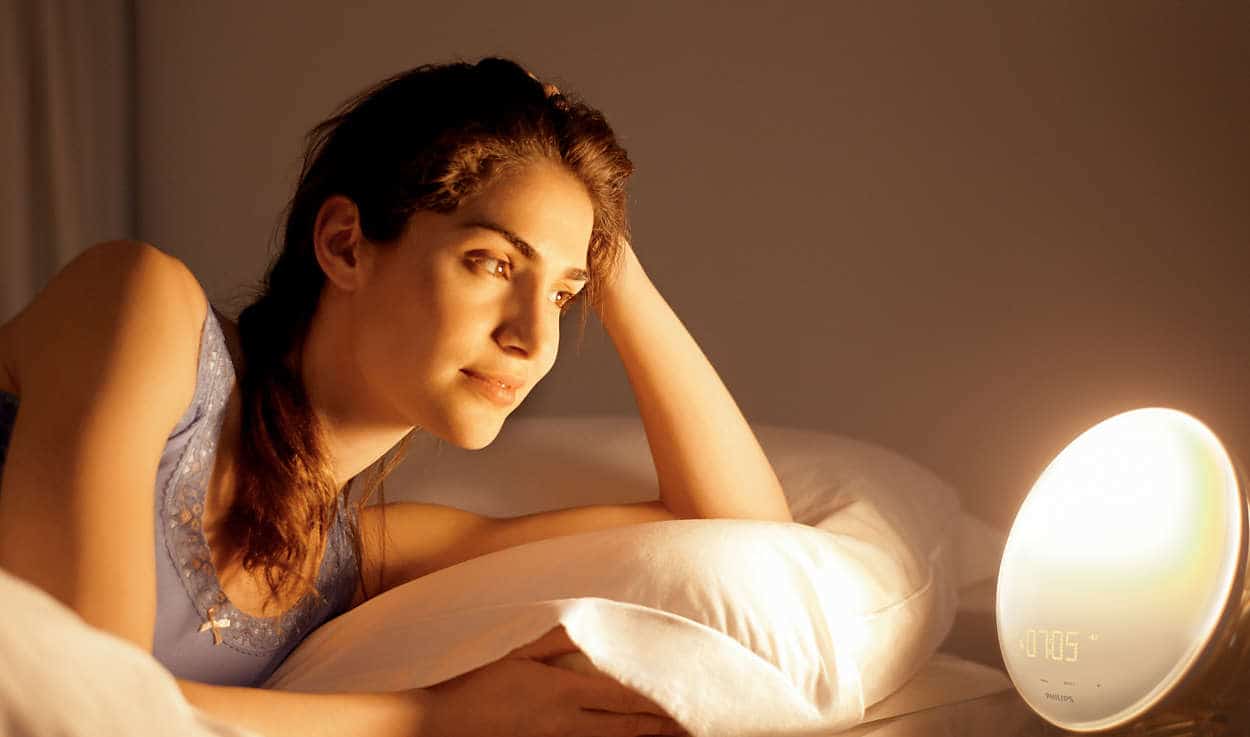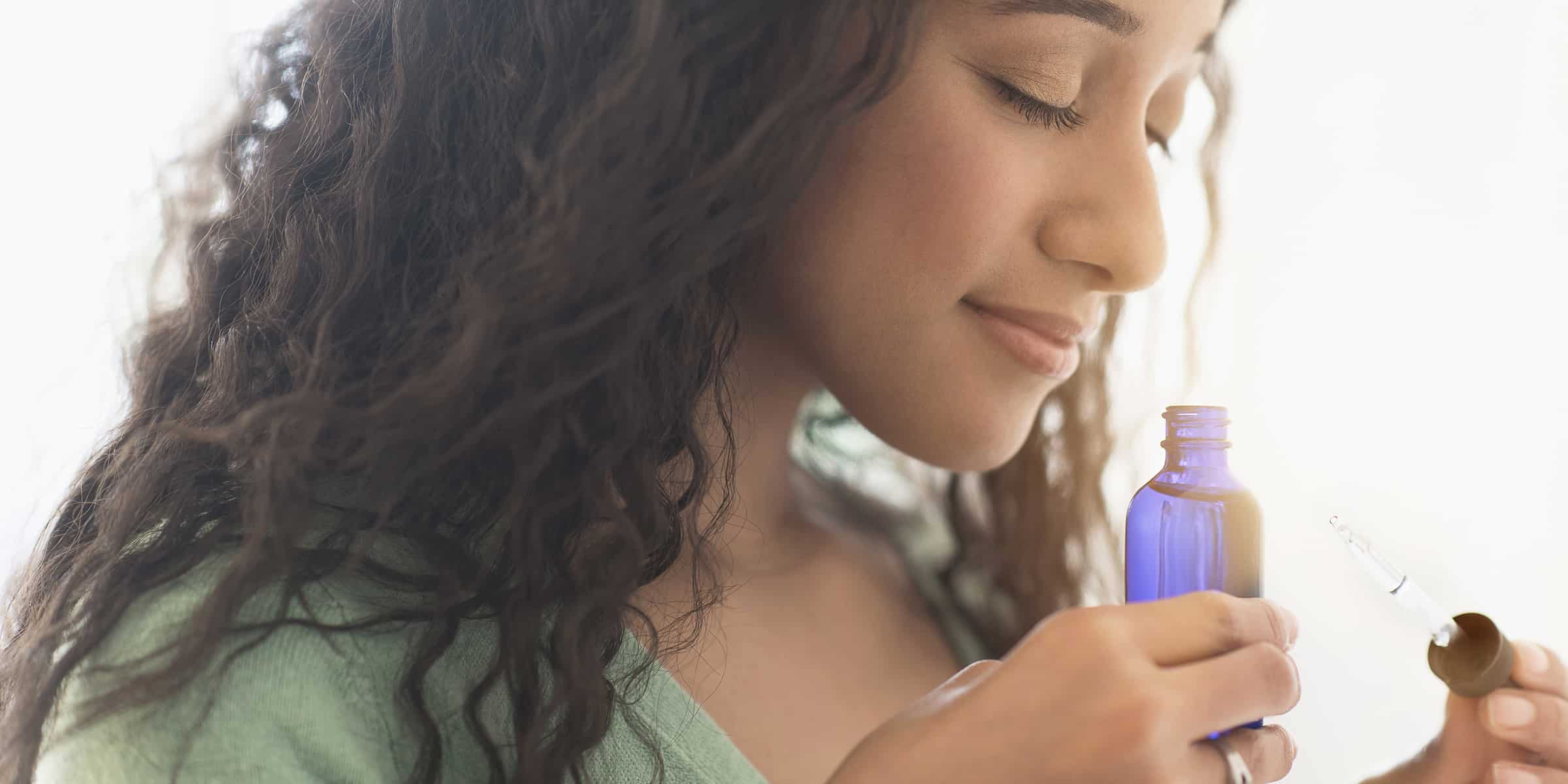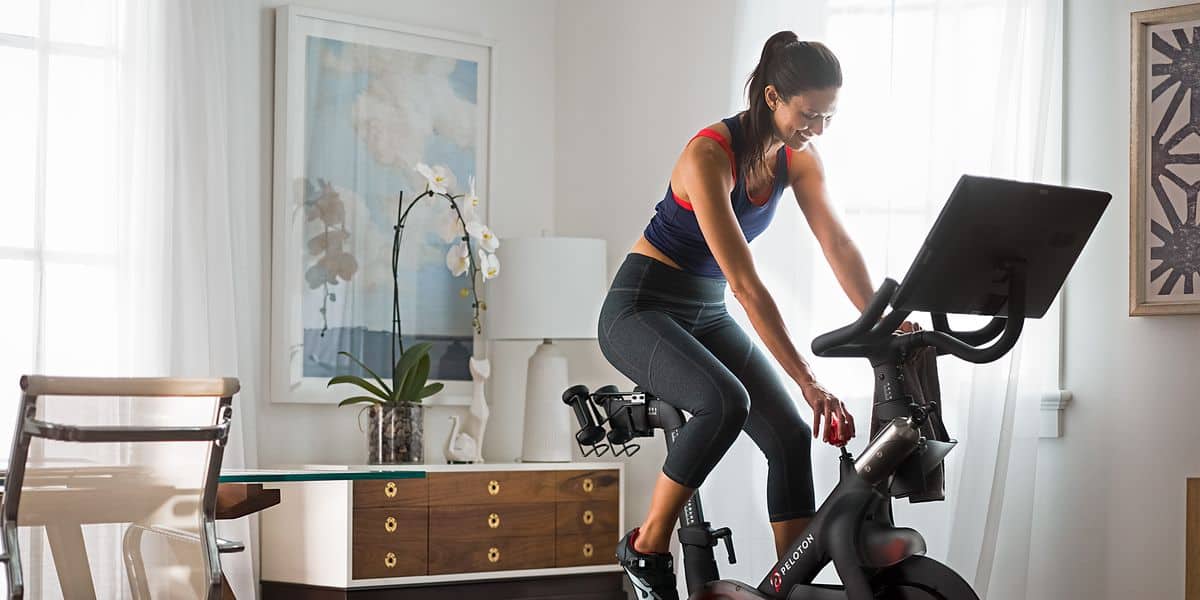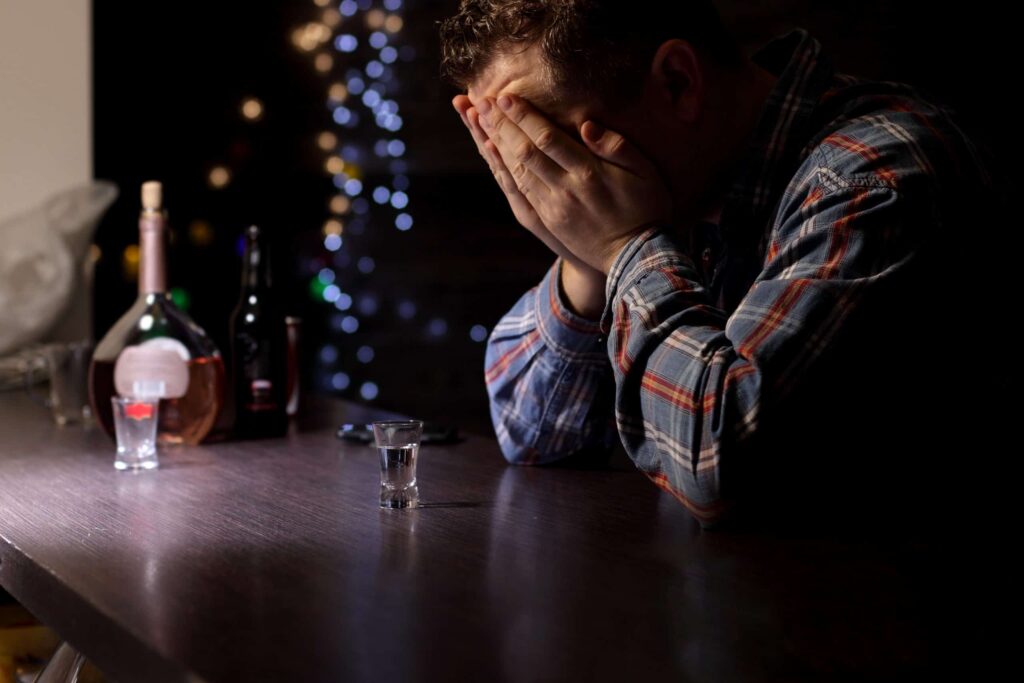Many external elements can influence the stability of our emotions, so it is no surprise that the time of year alone can impact our mood. Most of us thrive on sunlight and warm temperatures as opposed to dark, cold environments. That is why seasonal affective disorder plays a role in many adolescent and adult lives.
What is seasonal affective disorder?
Seasonal affective disorder (SAD) is a form of depression characterized by its association with a change in seasons. It is most commonly seen as warmer months turn colder, and daylight decreases, as people spend less time outside due to chilled temperatures and less available sunshine. While it is not uncommon for individuals of all ages to experience sadness throughout various life stages, seasonal affective disorder is most often seen in women and young adults.
Millions of Americans experience SAD at one point in their adult lives, although it is not always recognized as such. While those living in more northern geographical locations are more likely to experience seasonal affective disorder, it is possible for those in warmer climates to still develop symptoms. Those already suffering from major depressive disorders will be more susceptible to SAD.
Some symptoms of SAD include:
- Low energy
- Weight gain
- Difficulty concentrating
- Trouble sleeping or sleeping too much
- Less interest in activities you previously enjoyed
- General feelings of depression or sadness
- Feelings of worthlessness, guilt, or hopelessness
- Thoughts of suicide or death
If you or someone you know is having thoughts of suicide or self-harm, it is critical to seek immediate professional guidance.
Ways to relieve symptoms of seasonal affective disorder
There are several ways to approach the oncoming change in seasons to help your body transition into colder months. In addition to inviting as much natural light into your living space as possible, it can be helpful to take vitamin D supplements, journal, and stick to your routine. There are a few other methods that may help with preventing or minimizing SAD:
Light therapy

Many find phototherapy, or light therapy, to offset changes in accessible sunshine and changes in daylight effectively. Lightboxes sometimes referred to as SAD lamps, provide relief by introducing artificial sunlight into a living environment. SAD lamps are those that generate 10,000 lux of cool-white fluorescent light, which is about 20 times the amount of an average indoor lamp. Keep in mind that, since the FDA does not regulate these lamps, not every lamp that claims to offset seasonal affective disorder is adequately designed to help.
Dawn simulators

Similar to SAD lamps, dawn simulators act as a natural alarm clock to both keep you on a proper sleep schedule and help introduce more natural light into your day. These specially designed lamps are programmed to slowly brighten overtime to reach maximum brightness close to an ideal waking time. Experiencing even an artificially produced natural light upon waking can effectively minimize feelings of sadness.
Consult with a trained professional

When experiencing signs of depression or seasonal mood changes, it is wise to seek guidance from a licensed health professional. Speaking with a therapist will offer reassurance that what you’re experiencing is normal, and they will be able to provide additional resources to help you work through it.
Aromatherapy

Essential oils have proven to be useful for positively impacting various ailments, including mood changes and mental health disorders. Certain oils and scents can influence areas of the brain that are responsible for mood stabilization, appetite, and relaxation. Although aromatherapy can seem like a quick and accessible solution to SAD, you should still consider seeking guidance from a licensed healthcare professional.
Exercise

Even if the outdoor weather creates a barrier between you and physical movement, do what you can to stay active. Participate in free workout programs online, use household objects to add resistance to your bodyweight movements, and gather some friends to maintain accountability for one another.
Be proactive
When it comes to seasonal affective disorder, being proactive can be the most effective way to get ahead of the blues. Before the seasons start to change, consider taking precautionary steps, and provide your living space with additional light, whether natural or artificial. If you experience SAD on an annual occurrence, talk to your doctor about any supplements or antidepressants that can help. At Arcara, through coping skills therapy, we help you learn healthy coping skills to ease seasonal affective disorder. Stay in touch with loved ones, and don’t be afraid to lean on your support system when and if the days get tough.



